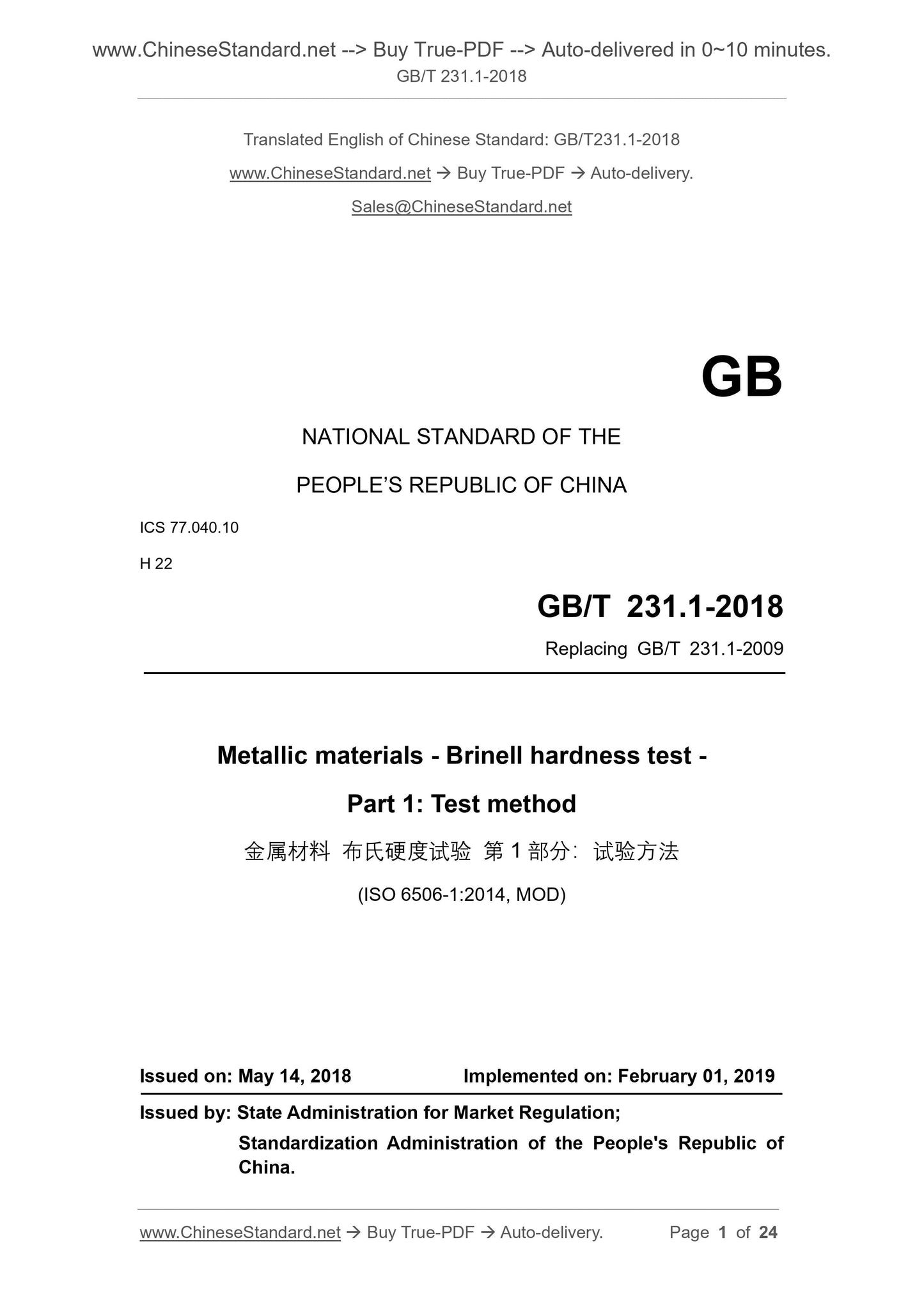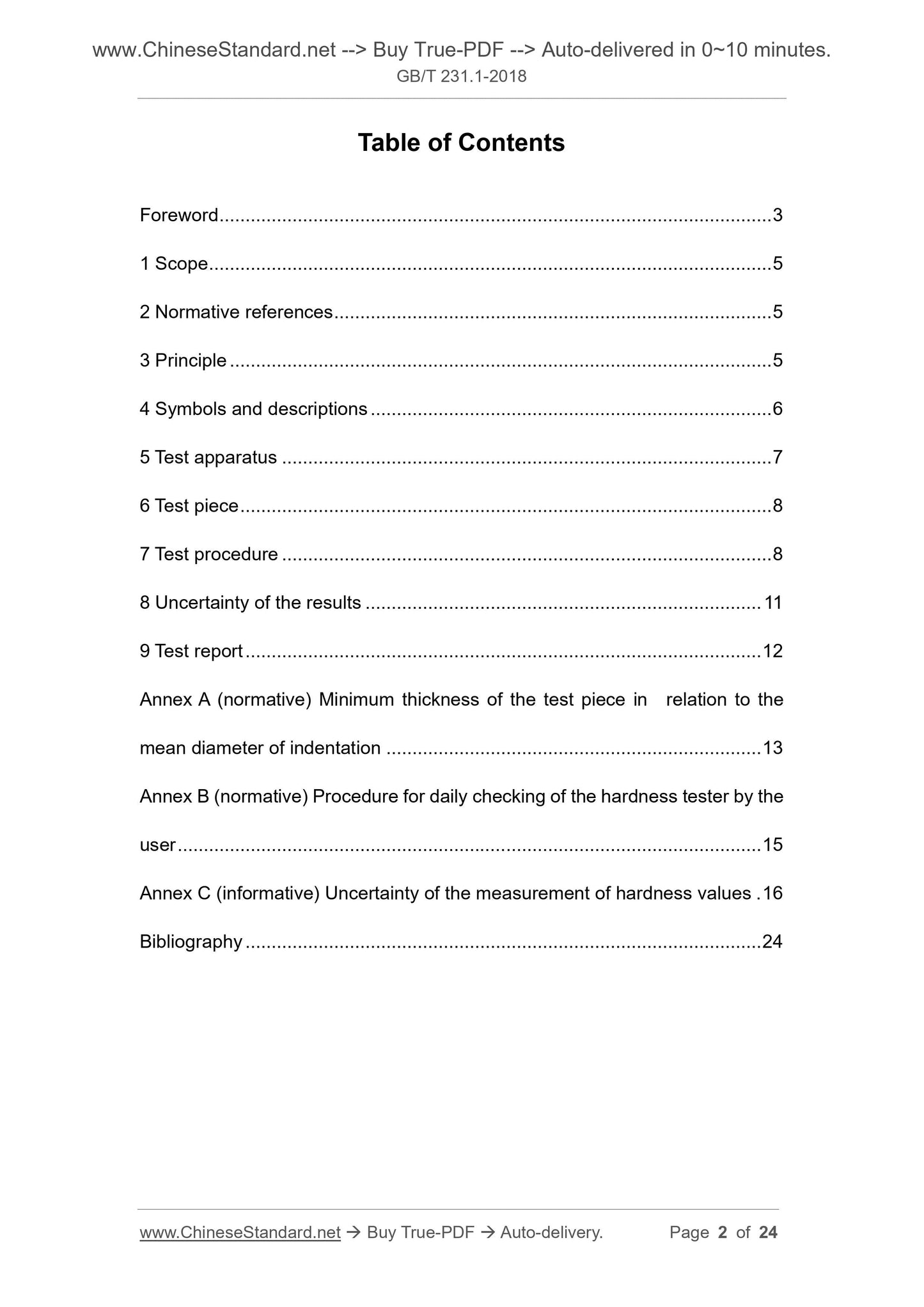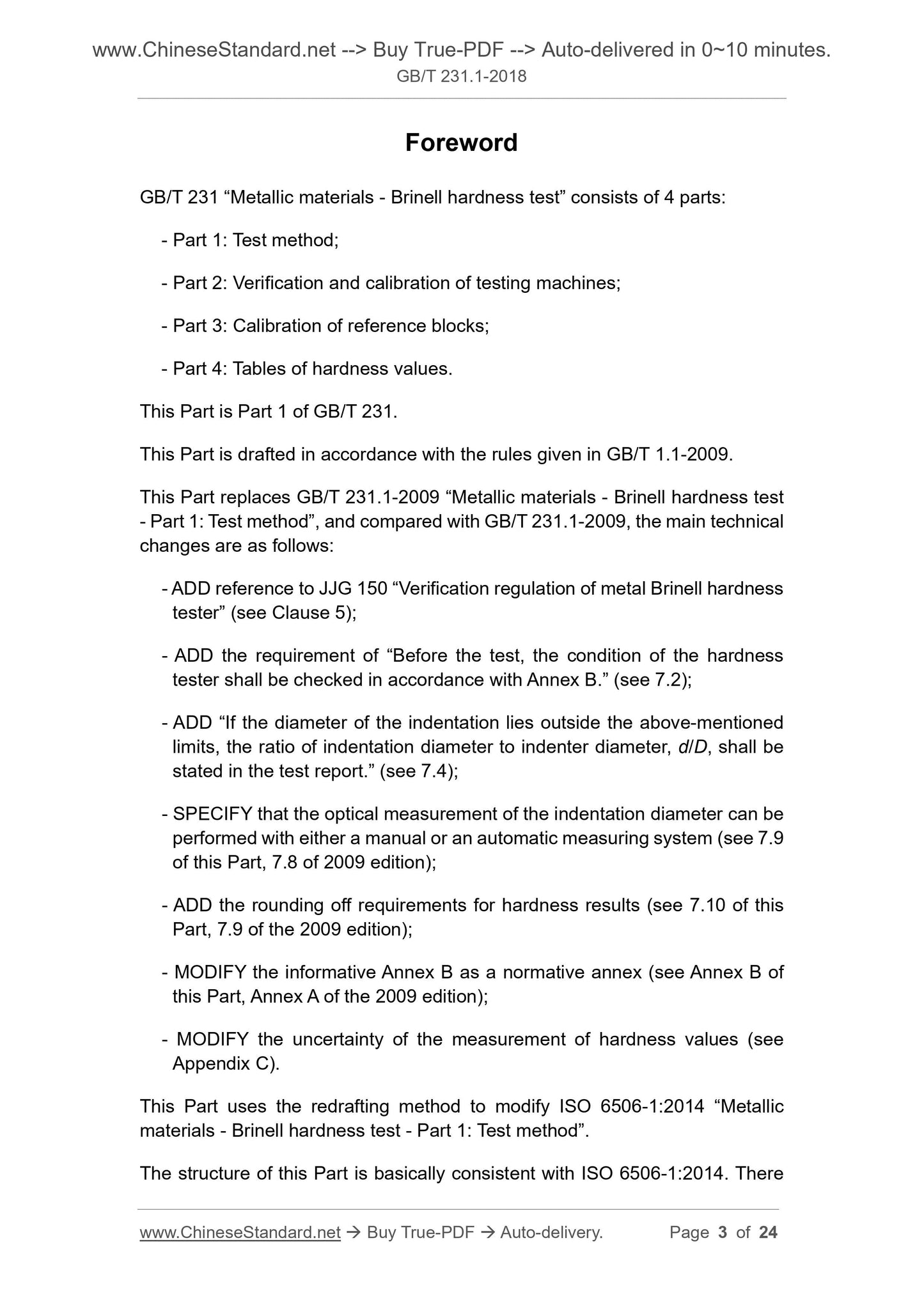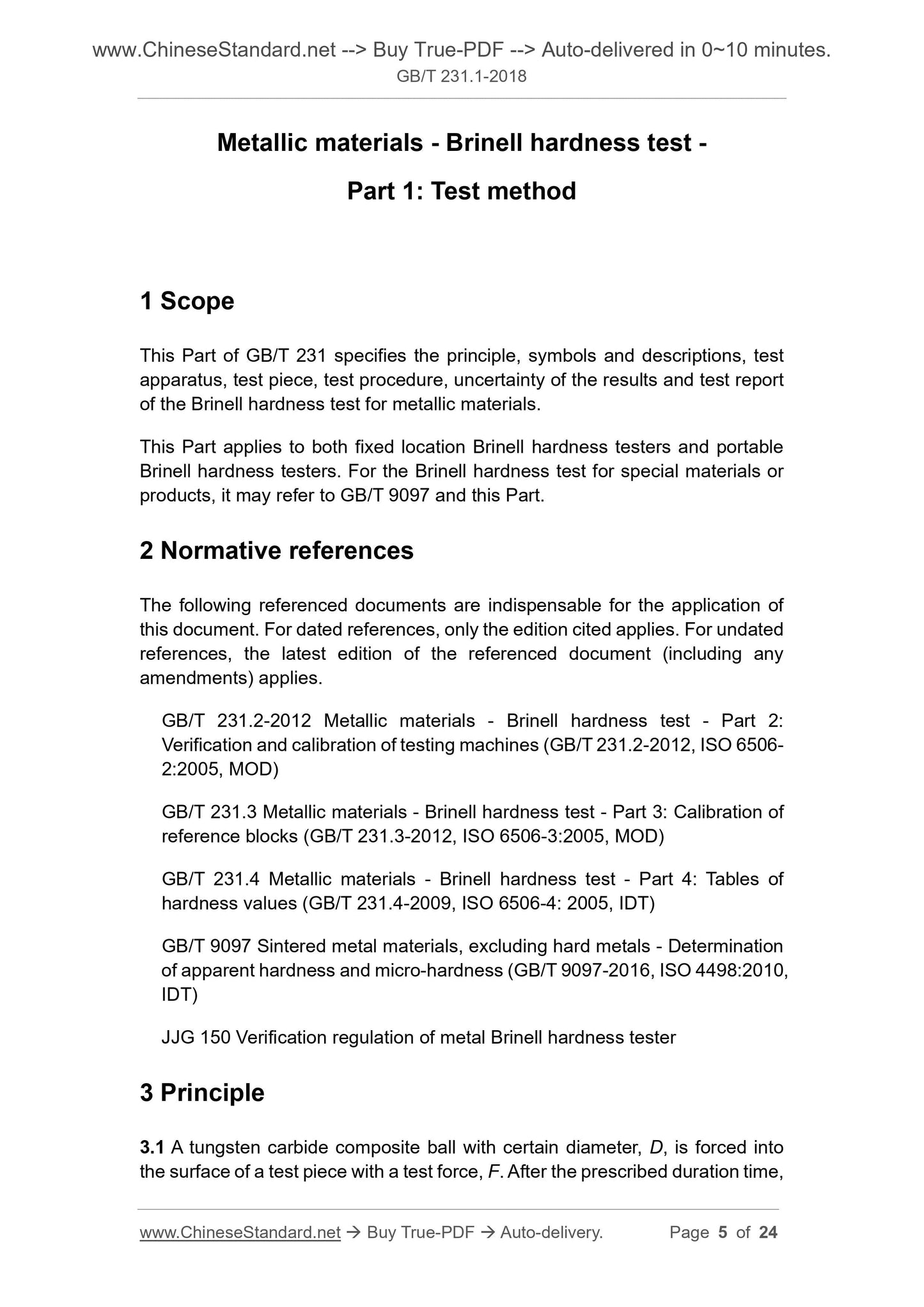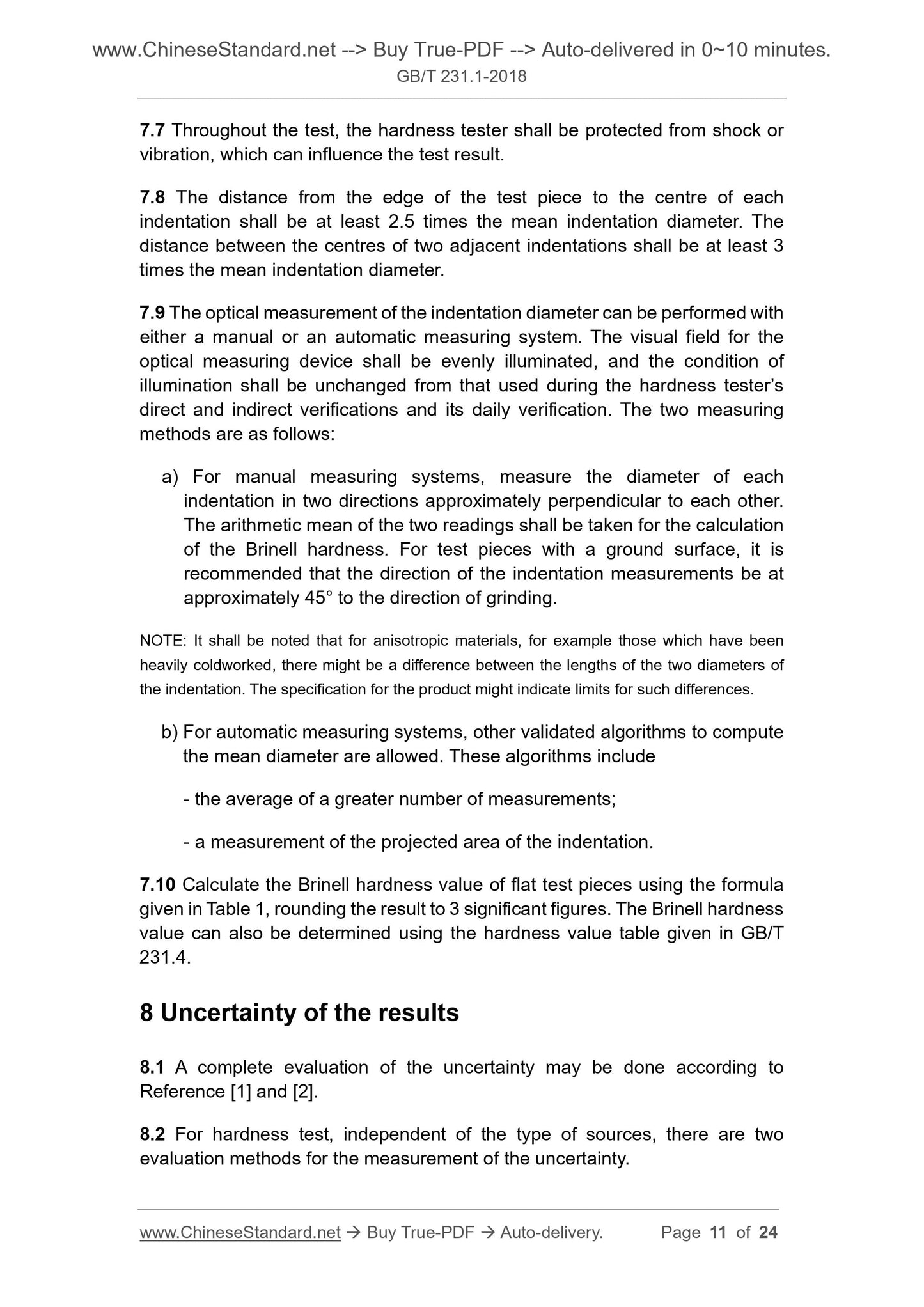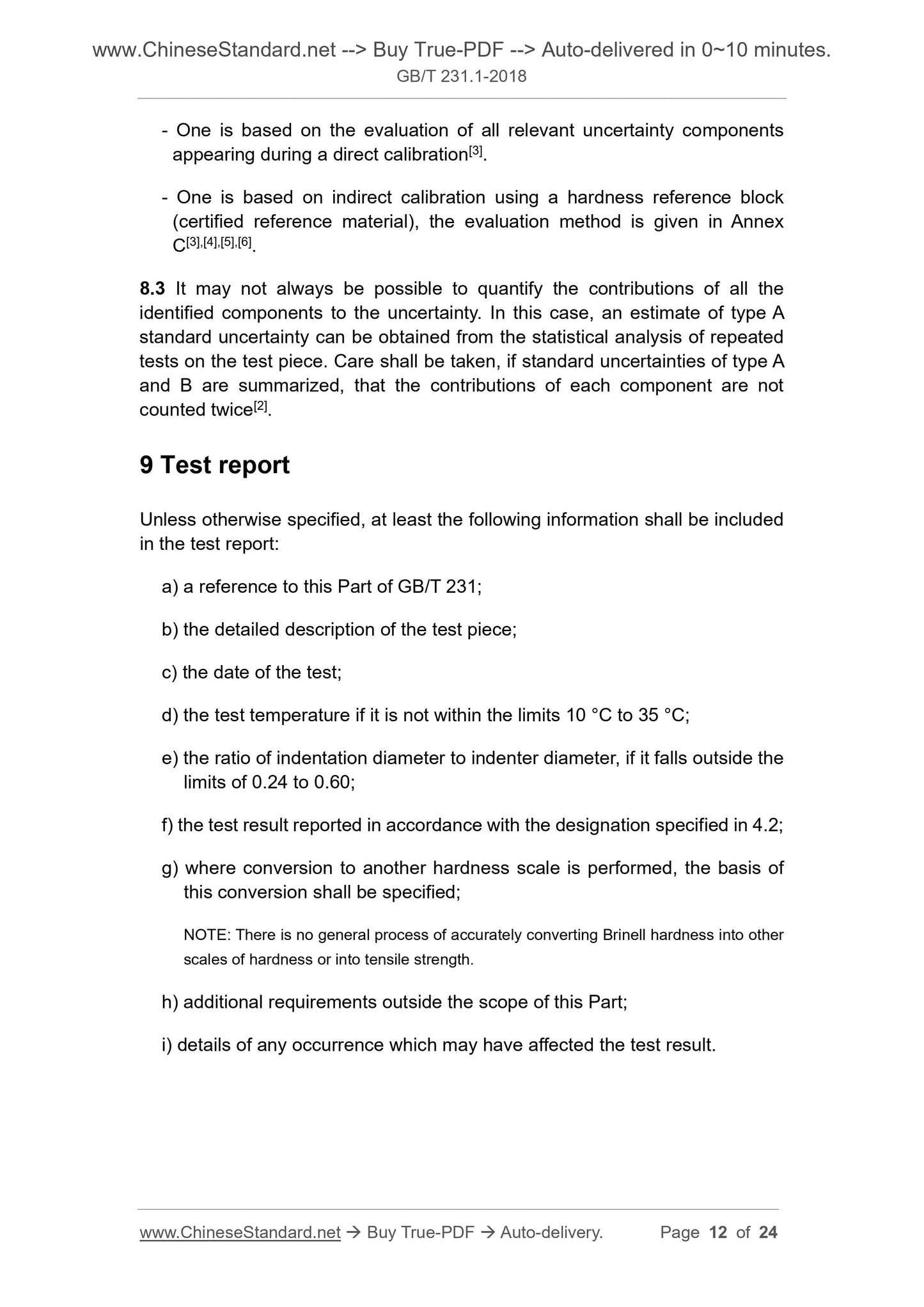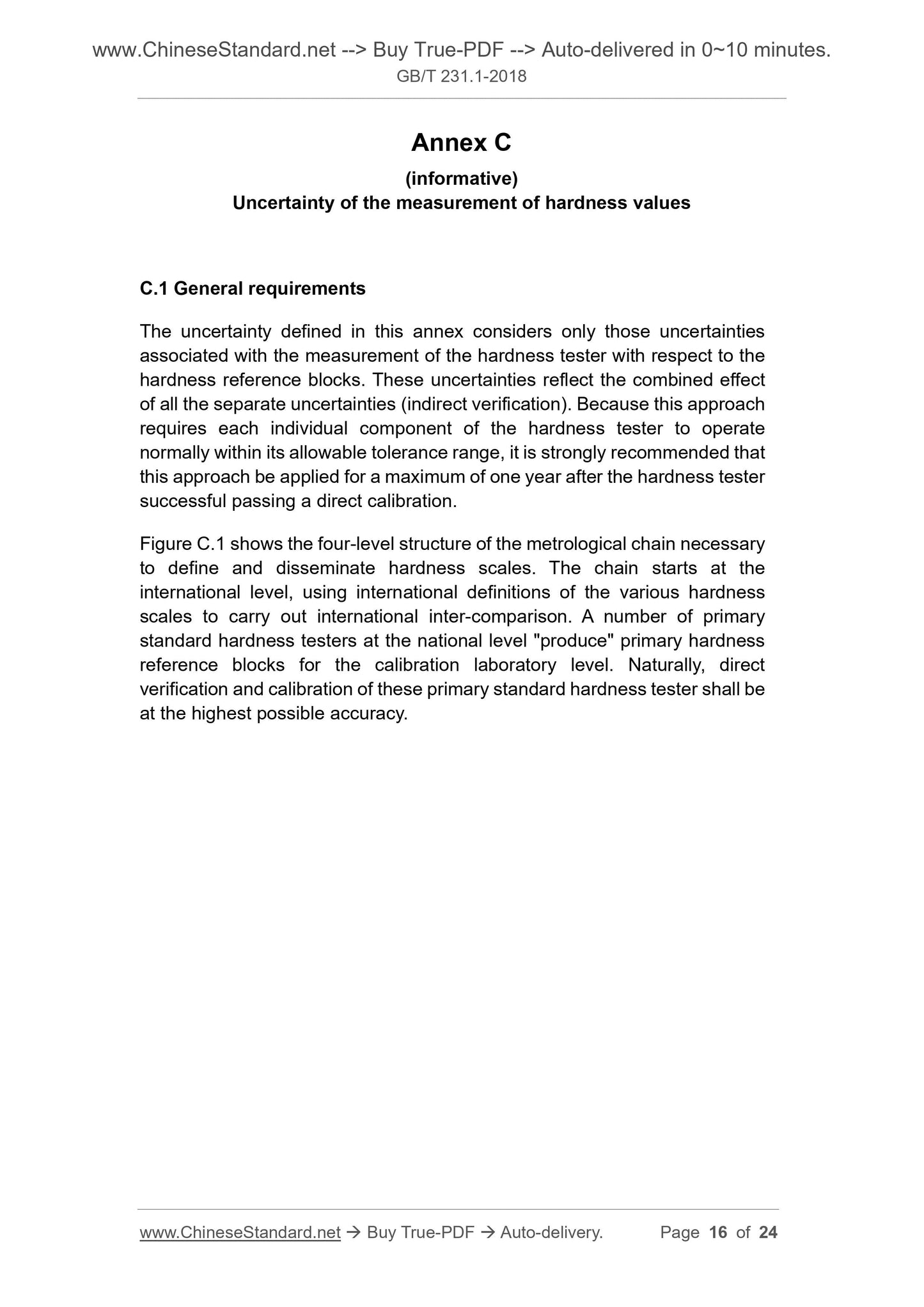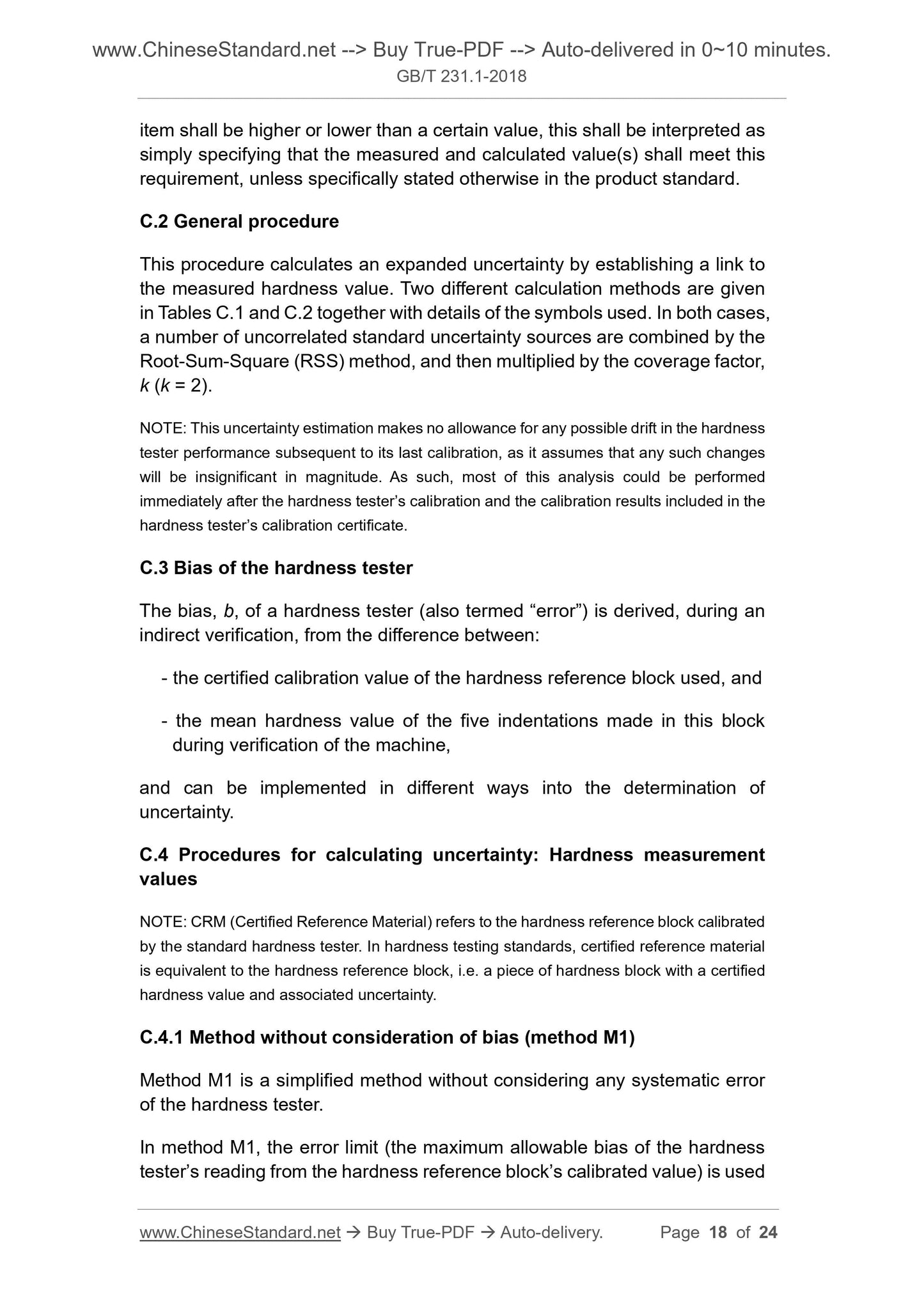1
/
of
8
www.ChineseStandard.us -- Field Test Asia Pte. Ltd.
GB/T 231.1-2018 English PDF (GB/T231.1-2018)
GB/T 231.1-2018 English PDF (GB/T231.1-2018)
Regular price
$260.00
Regular price
Sale price
$260.00
Unit price
/
per
Shipping calculated at checkout.
Couldn't load pickup availability
GB/T 231.1-2018: Metallic materials -- Brinell hardness test -- Part 1: Test method
Delivery: 9 seconds. Download (and Email) true-PDF + Invoice.Get Quotation: Click GB/T 231.1-2018 (Self-service in 1-minute)
Newer / historical versions: GB/T 231.1-2018
Preview True-PDF
Scope
This Part of GB/T 231 specifies the principle, symbols and descriptions, testapparatus, test piece, test procedure, uncertainty of the results and test report
of the Brinell hardness test for metallic materials.
Basic Data
| Standard ID | GB/T 231.1-2018 (GB/T231.1-2018) |
| Description (Translated English) | Metallic materials -- Brinell hardness test -- Part 1: Test method |
| Sector / Industry | National Standard (Recommended) |
| Classification of Chinese Standard | H22 |
| Classification of International Standard | 77.040.10 |
| Word Count Estimation | 18,176 |
| Date of Issue | 2018-05-14 |
| Date of Implementation | 2019-02-01 |
| Older Standard (superseded by this standard) | GB/T 231.1-2009 |
| Regulation (derived from) | National Standards Announcement No. 6 of 2018 |
| Issuing agency(ies) | State Administration for Market Regulation, China National Standardization Administration |
Share
